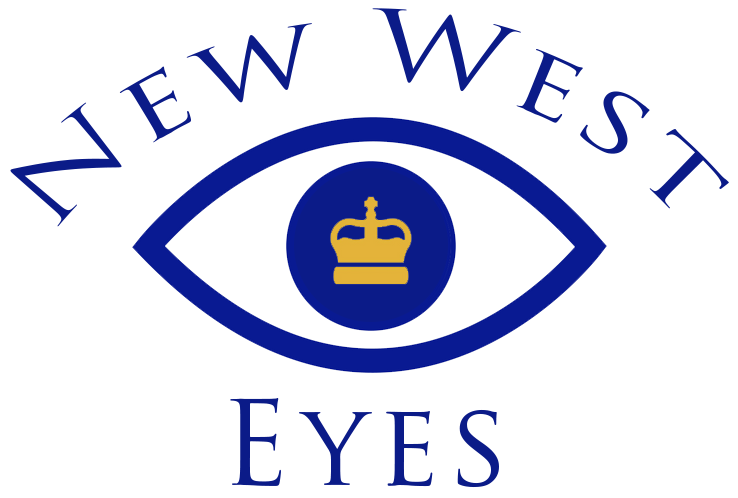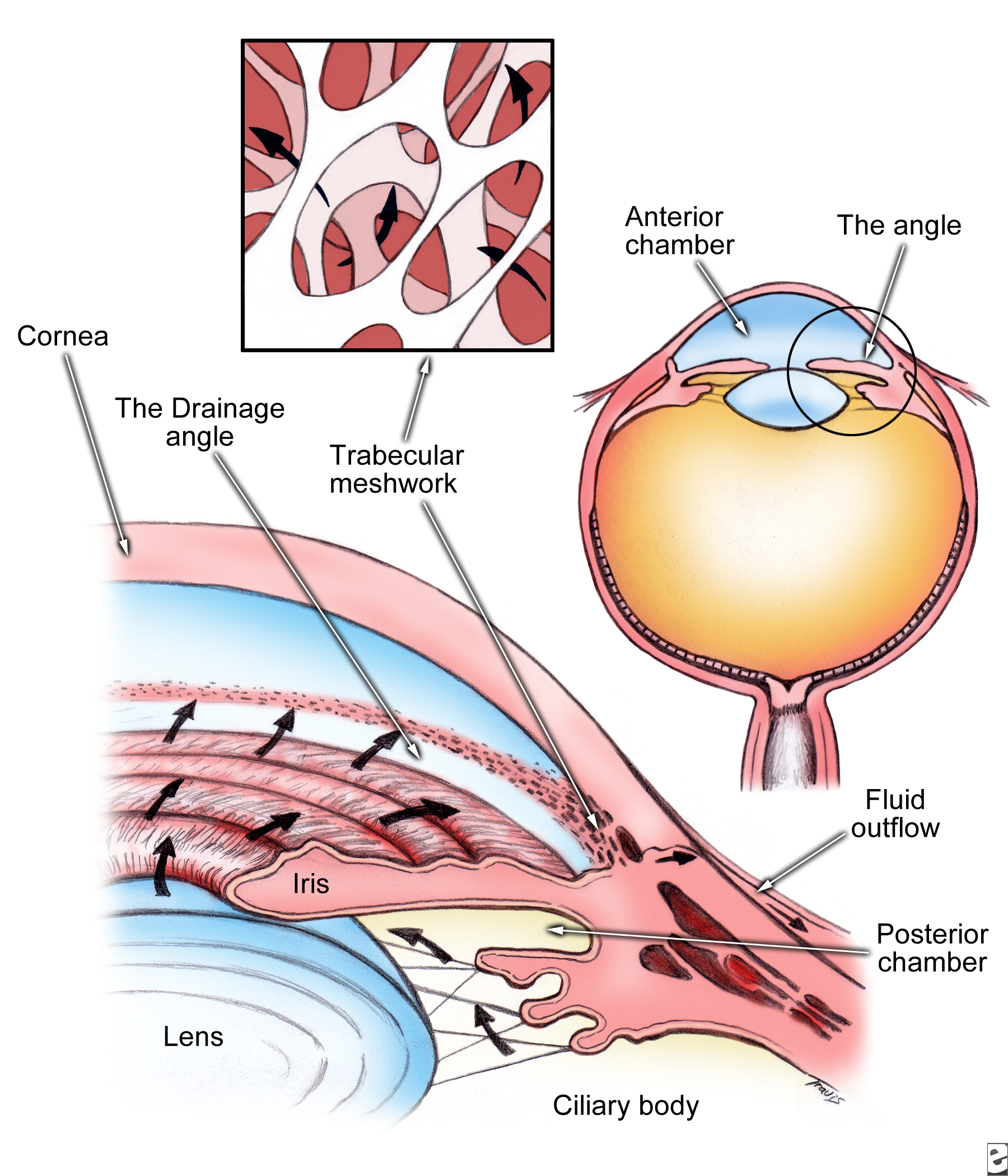What is the SLT?
Selective Laser Trabeculoplasty, or SLT, is a form of laser surgery that is used to lower intraocular pressure in glaucoma. It is used when eye drop medications are not lowering the eye pressure enough or are causing significant side effects. It may sometimes be used as initial treatment in glaucoma as well.
What is eye pressure?
Pressure in the human eye (known as intraocular pressure or IOP) varies throughout the day with "normal" pressure being anywhere between 10 and 21 mmHg. Glaucoma is an eye disease in which the optic nerve is damaged and is associated with an increased pressure in the eye. Aqueous humor (fluid that is produced behind the iris) is in continuous circulation throughout the front part of the eye before it drains out just in front of the iris where it meets the cornea. This fluid helps keep the eye "inflated" just like air inside of a balloon.
How is the SLT performed and does it hurt?
Generally, the laser procedure is pain-free but patients may feel a pressure sensation during the procedure. You may also see a red light while the laser is on which is the laser energy being applied to the drainage tissue in the eye. The procedure is done in our office, and your doctor will administer anesthetic drops to your eye before placing a lens over the eye for better viewing. The procedure takes only a few minutes and you will be asked to return to the office in 1-2 days to check your intraocular pressure.
What is the SLT doing to my eye?
The SLT laser targets pigmented tissue cells within the drainage system of the eye with short, gentle bursts of light. The lowest possible laser energy is applied to cause the most minimal tissue response. Due to this, there is little to no permanent visible change to the target tissue. These bursts of laser energy also stimulate a natural healing response within the eye, and as a result, the pores through which fluid exits the eye become larger, causing greater outflow of fluid and in turn lowering eye pressure.
How long does the treatment last?
The effect will generally last between 1 to 5 years, and in rare cases longer than that. If it does not last at least 6 months, it is usually not considered successful. If SLT is effective at lowering IOP but wears off over 1 to 3 years, the procedure may be repeated. The second treatment may not be as effective as the first and may not last as long. If SLT is not initially successful, repeat treatment is not likely going to be effective either. Alternatively, glaucoma medication can be used if the effect wears off over time.
What happens if it doesn't work?
If the SLT fails to lower intraocular pressure, then the glaucoma is treated by other means such as medication or incisional surgery.
Are there any side effects?
Side effects after SLT treatments are rare, however the most common side effects are mild and include soreness, redness and blurring of vision. They are usually short-lived and can be treated easily and effectively with drops. In some cases, the eye pressure can increase after the procedure. This increase in eye pressure is usually temporary and may be treated with additional eye drops or oral medications. In rare cases, SLT can lead to persistent inflammation within the eye or a change of glasses prescription. In the unlikely case these complications develop, the appropriate treatment will be administered.
Who is a candidate for SLT?
Patients who have primary open-angle glaucoma, ocular hypertension or normal tension glaucoma are eligible for the procedure. Your eye doctor will make the final determination if you are a candidate.
What should I expect after my SLT?
Most patients are comfortably able to resume their regular activities the day following the procedure. For some, the eye may become sore the day after your laser and this soreness can last up to 3-4 days. Tylenol or Advil along with an ice pack on the eye can be used to improve your comfort.
Will I still need to use glaucoma medication after my laser?
In some patients, glaucoma can be controlled with laser treatment alone. Others require additional IOP lowering and may therefore need to use glaucoma medication as well. SLT is often considered to be equivalent to one glaucoma medication. Just as some patients will require more than one glaucoma medication to control their IOP, some may also require laser plus one or more glaucoma medications. It's important to remember that SLT is not a cure for glaucoma, just as medication and surgery are not. Whichever method is used to treat glaucoma, approprioate follow up and testing with your eye care professional is critical.



